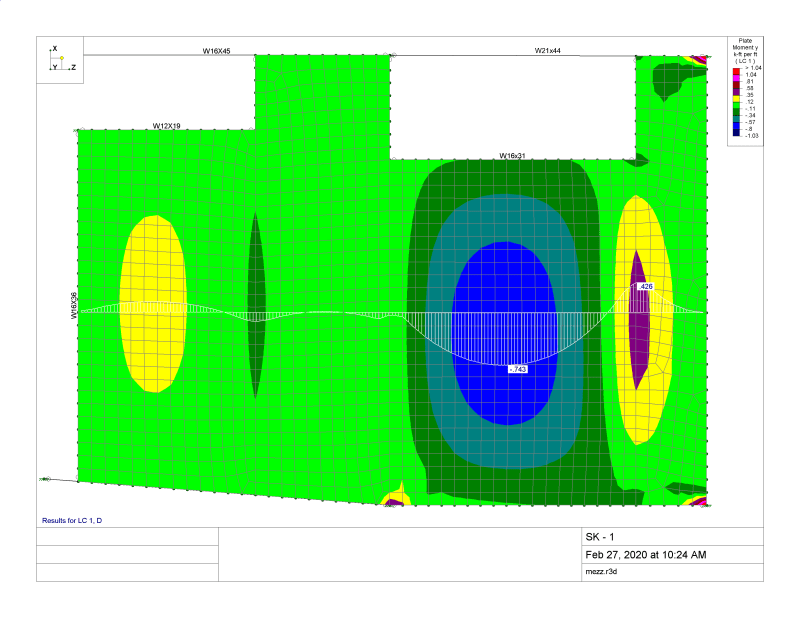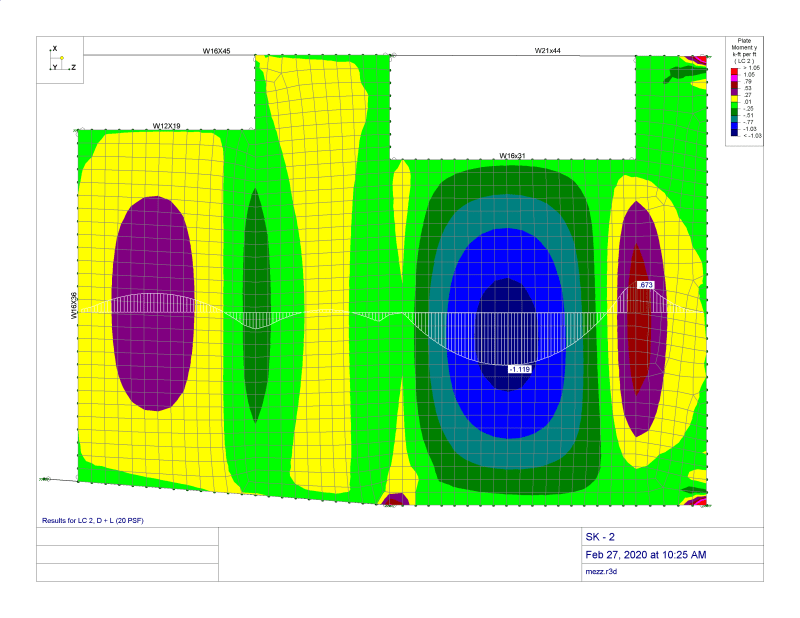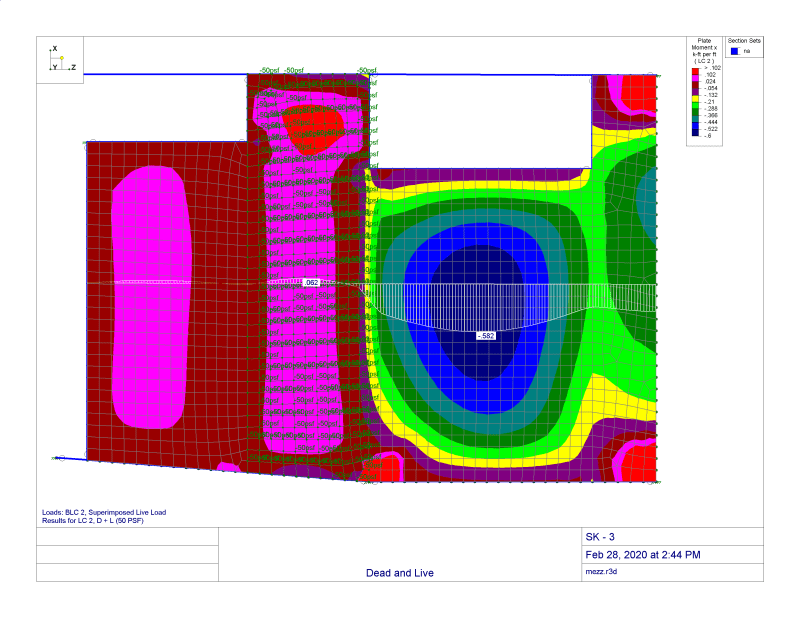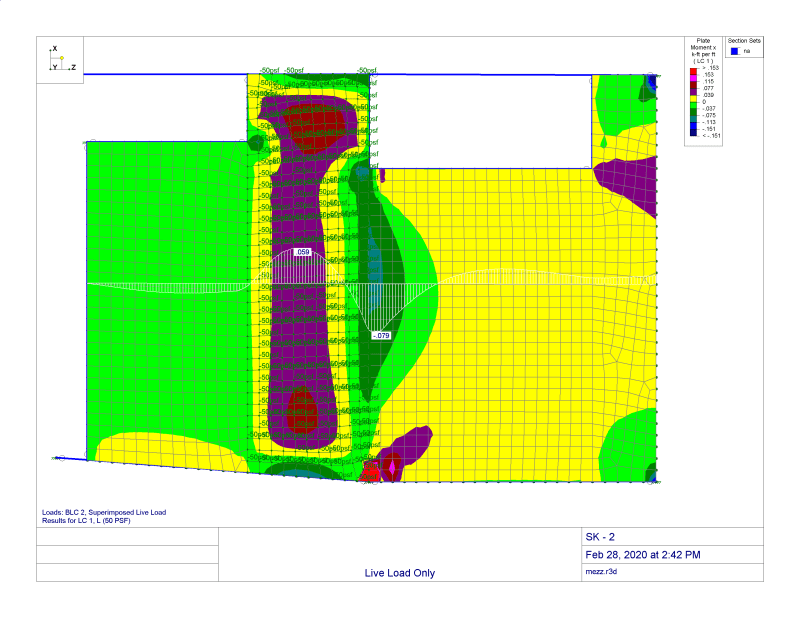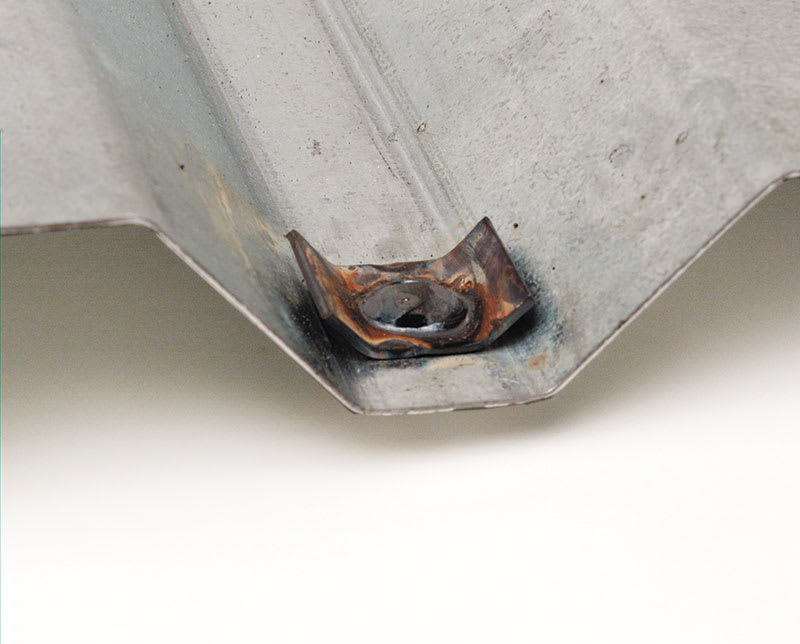I am being asked to visit a project that was completed about 5 years ago. I designed the project. The owner called me today after getting my name from the architect. They said that late last week they heard a loud “bang” on the second floor “followed by what sounded like ice cracking. They are now concerned about the second floor of the building.
The existing structure is a single-story building with an interior mezzanine. A portion of the mezzanine is used for storage and the remaining portion of the mezzanine is used for general office. Construction is a 3” concrete slab on 9/16” form deck with open-web steel joists designed to be spaced at 2’-6” o.c. (this area actually ended up with open web joists at 2’-4” o.c.). The joists are supported by a system of WF steel beam and steel columns.
The owner provided me with a sketch of where they say the mezzanine has cracked (it’s terrible). From this sketch the cracks appear to be happening at the 1/3 points of the joists. Also according to the sketch the cracks are not in a distinct pattern (parallel to joists, perpendicular to joists and diagonal to joists).
It seems kind of odd that this would happen 4-5 years later. Does anyone have any insight to what may be happening before I make my trip to the site?
The existing structure is a single-story building with an interior mezzanine. A portion of the mezzanine is used for storage and the remaining portion of the mezzanine is used for general office. Construction is a 3” concrete slab on 9/16” form deck with open-web steel joists designed to be spaced at 2’-6” o.c. (this area actually ended up with open web joists at 2’-4” o.c.). The joists are supported by a system of WF steel beam and steel columns.
The owner provided me with a sketch of where they say the mezzanine has cracked (it’s terrible). From this sketch the cracks appear to be happening at the 1/3 points of the joists. Also according to the sketch the cracks are not in a distinct pattern (parallel to joists, perpendicular to joists and diagonal to joists).
It seems kind of odd that this would happen 4-5 years later. Does anyone have any insight to what may be happening before I make my trip to the site?

![[idea] [idea] [idea]](/data/assets/smilies/idea.gif)
